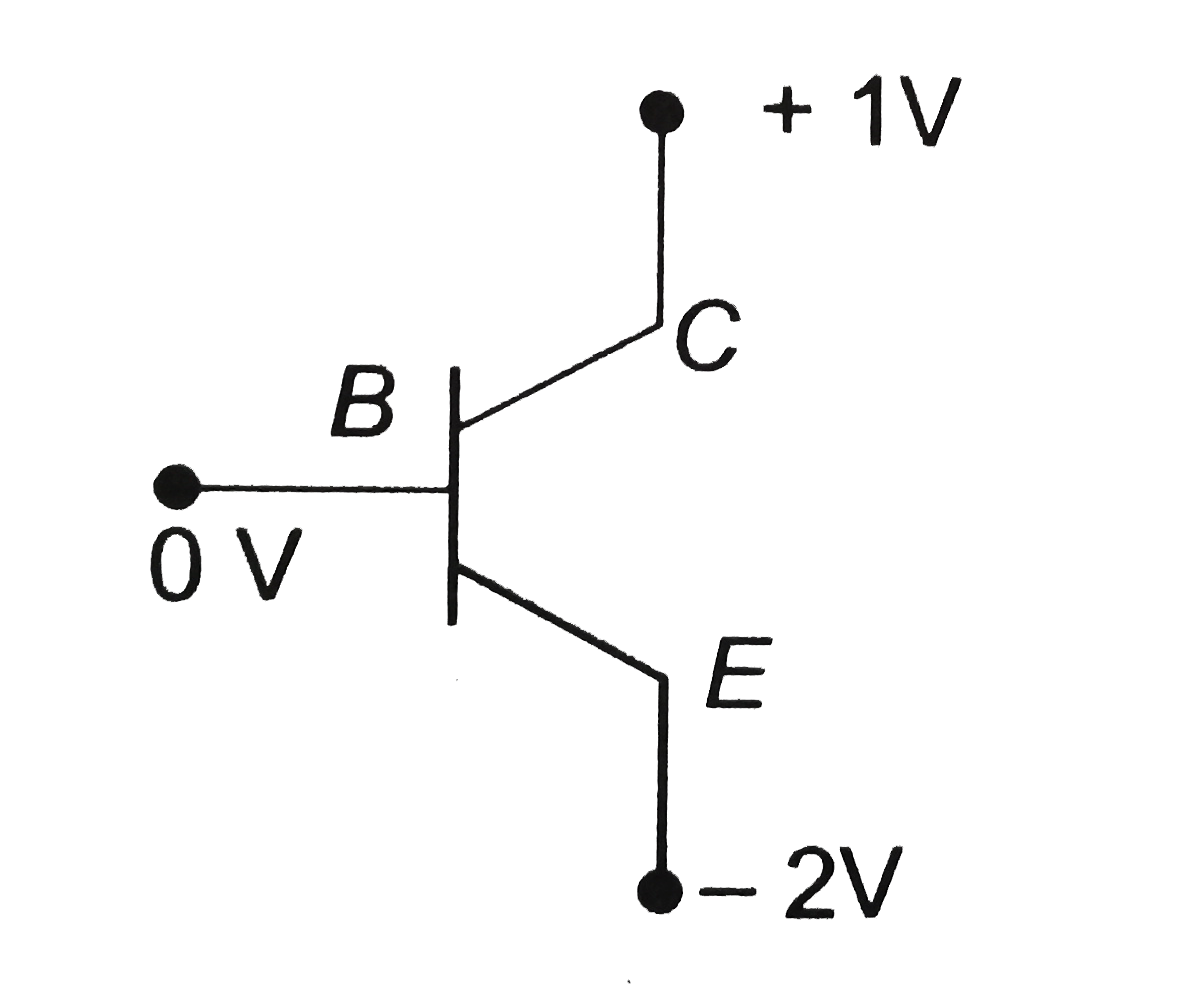Assertion: Kirchhoff's junction rule can be applied to a juction of several lines or a point in a line.
Reason : When steady current is flowing, there is no accumulation of charges at any junction in series with a galvonometer.
Assertion is correct, reason is correct, reason is a correct explanation for assertion.
Assertion is correct, reason is correct, reason is not a correct explanation for assertion
Assertion is correct, reason is incorrect
Assertion is incorrect, reason is correct
The correct Answer is:A
Step by step video, text & image solution for Assertion: Kirchhoff's junction rule can be applied to a juction of several lines or a point in a line. Reason : When steady current is flowing, there is no accumulation of charges at any junction in series with a galvonometer. by Physics experts to help you in doubts & scoring excellent marks in Class 12 exams.
Topper's Solved these Questions
Similar Questions
Use Kirchhoff's rules to determine the potential difference between the points A and D when no current flows in the arm BE of the electric network shown in the Fig.
 View Solution
View SolutionAssertion (A): Kirchhoff's junction law follows conservation of charge.
Reason (R): Kirchhoff's loop law follows conservation of energy.View Solution
Knowledge Check
- Question 1 - Select One
Assertion (A): Kirchhoff's junction rule is applicable for any number of lines meeting at a point in an electrical circuit.
Reason (R): When there is a flow of steady current, then there is no accumulation of charge at the junction.ABoth A and R are true and R is the correct explanation of ABBoth A and R are true but R is NOT the correct explanation of ACA is true but R is falseDA is false and R is true - Question 2 - Select One
Assertion: At any junction of a network algebraic sum of various currents is zero
Reason: At steady state there is no accumulation of charge at the junction.ABoth (A) and (R) are true and (R) is the correct explanantion of A.BBoth (A) and (R) are true but (R) is not the correct explanation of A.C(A) is true but (R) is falseD(A) is false but (R) is true. - Question 3 - Select One
Assertion: A p−n junction with reverse biase can be used as a photo-diode to measure light intensity.
Reason: In reverse bias condition the current is small but it is more sensitive to change in incident light intensity.AIf both the assertion and reason are true and reason is a true explantion of the assertion.BIf both the assertion and reason are true but the reason is not true the correct explantion of the assertion.CIf the assertion is true but reason falseDIf both the assertion and reason are false.
Assertion: When PN-junction is forward biased then motion of charge carriers at junction is due to diffusion. In reverse biasing. The cause of motion of charge is drifting.
Reason: In the following circuit emitter is reverse biased and collector is forward biased.
 View Solution
View SolutionAssertion: We can measure the potential barrier of a PN junction by putting a sensitive voltmeter across its terminals.
Reason: The current through the PN junction is not same in forward and reversed bias.View SolutionAssertion : If a line divides any two sides of a triangle in the same ratio , then the line is paralle to third side .
Reason : Line segment joining the mid -point of any two sides of a triangle is parallel to the third side .View SolutionAssertion (A): Electric potenital at any point on the equatroial line of an electric dipoel is zero
Reason (R ) :Electrons potential is scalarView SolutionAssertion (A): When a p-n junction diode is reverse biased, a feeble reverse current flows known as reverse saturation current
Reason (R ): In reverse bias condition, the minority carries can cross the junction.View Solution

